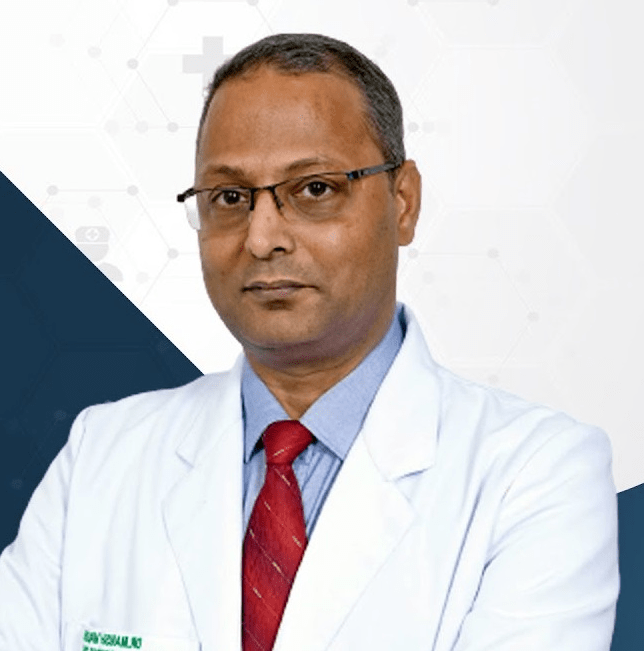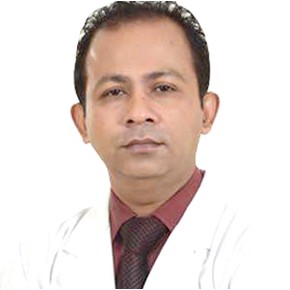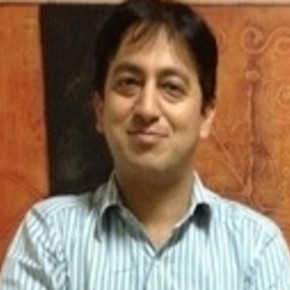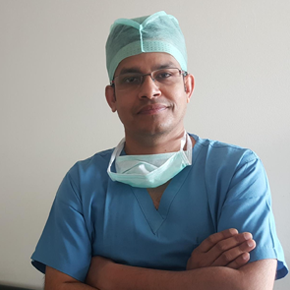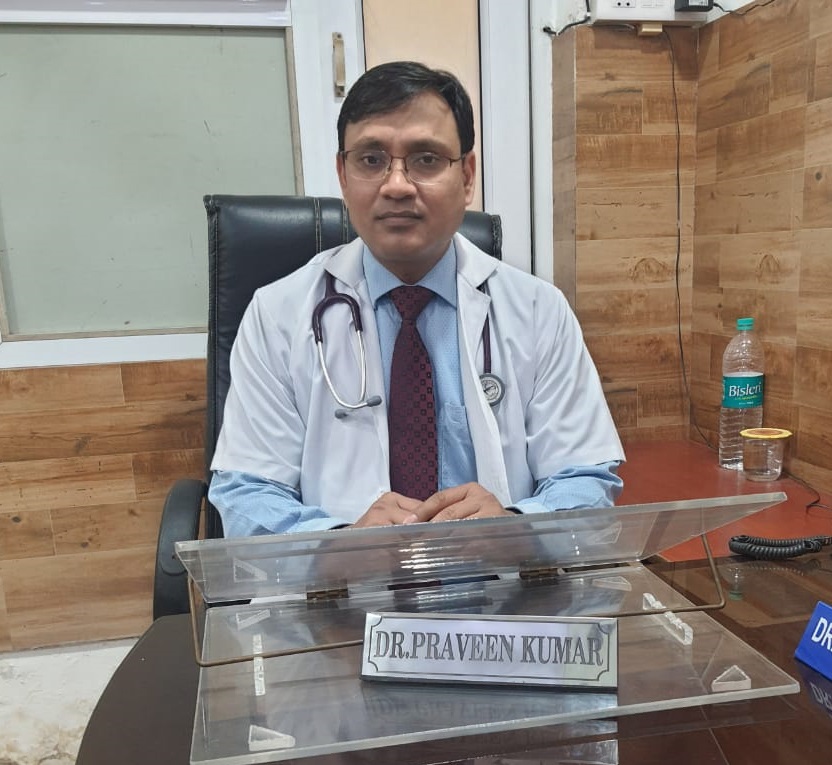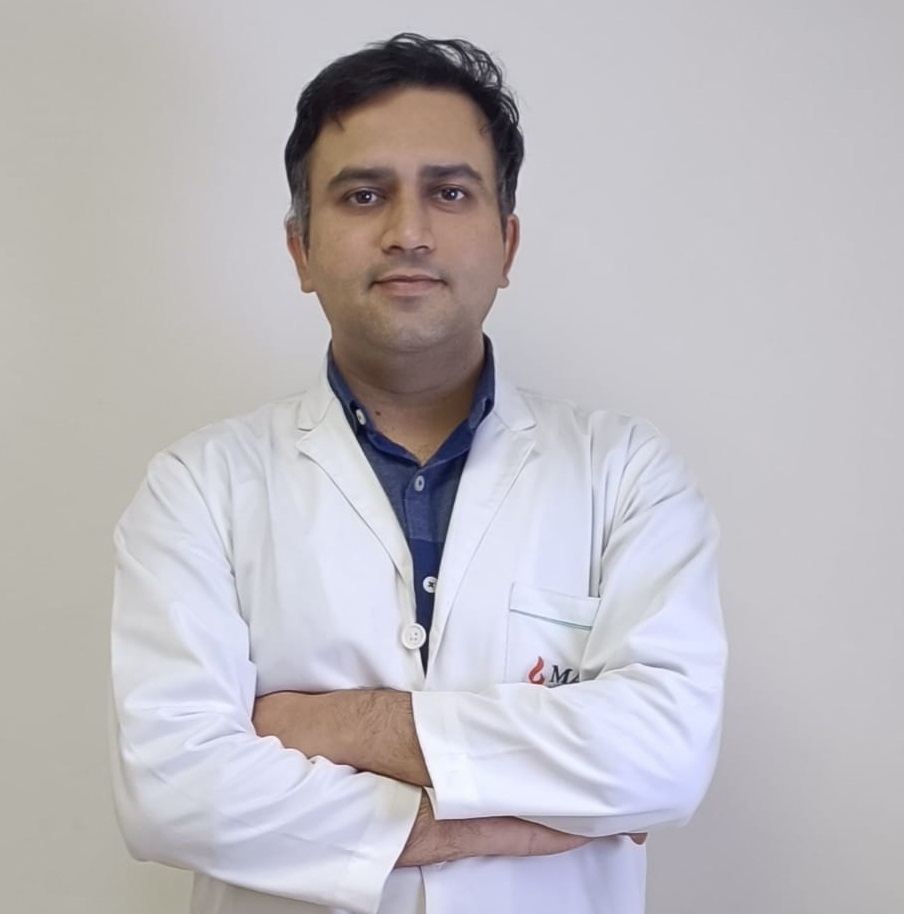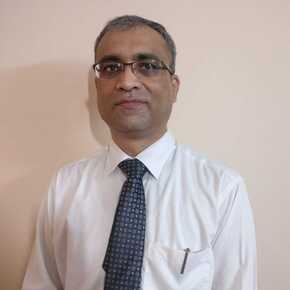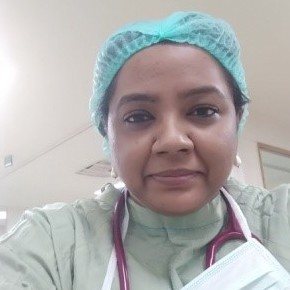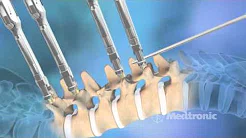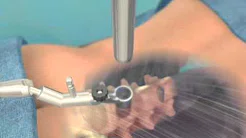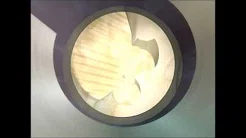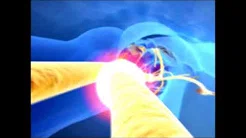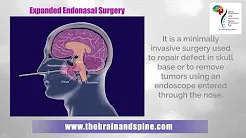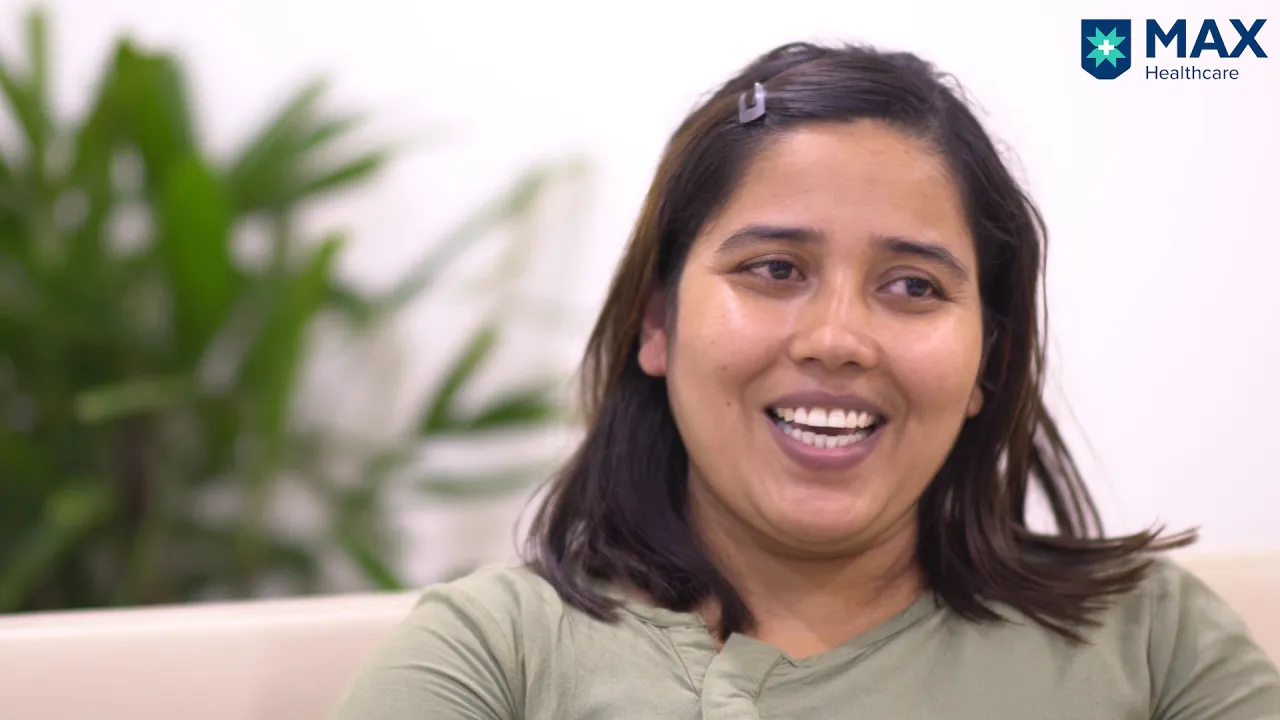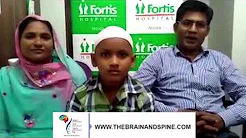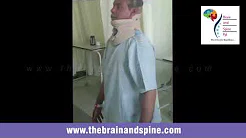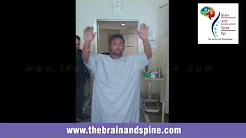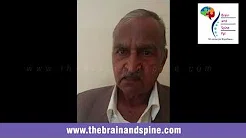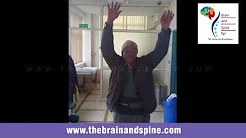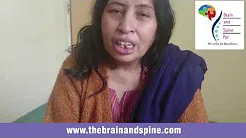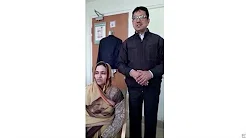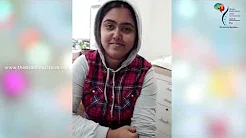Neuromodulation
Neuromodulation is the alteration or modulation of nerve activity by delivering electrical or pharmaceutical agents directly to the body’s nervous system for therapeutic purposes. It is a cross-disciplinary approach that includes several modalities like implantation of devices (drug delivery pumps or neural stimulators) to control pain and neurologic dysfunction.
Indications of Neuromodulation
- Movement disorders
- Spasticity
- Epilepsy
- Headaches
- Spinal cord damage
- Urinary incontinence
- Pain syndromes etc.
How does Neuromodulation work?
Neuromodulation works by either of the following two techniques:
- Stimulation of nerves to produce a natural biological response: This involves application of electrodes of a neurostimulation device to the brain, the spinal cord or the peripheral nerves. The electrodes are connected to a pulse generator and power source via an extension cable to generate the necessary electrical stimulation. A low-voltage electrical current passes from the generator to the nerve, and can either inhibit pain signals or stimulate neural impulses where they were previously absent
- Application of pharmaceutical agents in small doses directly to site of action: This is done through implanted pumps in the body. The drug is administered in smaller doses (range of 1/300 of an oral dose) as its metabolization is not required before reaching the target area. Smaller doses mean fewer side effects, increased patient comfort and improved quality of life.
Types of Neuromodulation
Spinal Cord Stimulation : Spinal cord stimulation (SCS) is the electrical stimulation of the spinal cord that interrupts the pain signals originating from the spinal cord to reach the brain. This will make painful sensation feel more like a pleasant tingling sensation to the patient.
Advantages of Spinal Cord Stimulation
- Safe and effective therapeutic approach
- Gives significant and sustained relief from pain of the neck, back, arms and legs, often after spine surgery, or for other neuropathic conditions without medications
- Decreased use of pain medications
- Limits the drug related side effects
- Can be done as trial system, with temporary external leads and battery, to evaluate pain relief and any consequences
- Improves blood flow in case of patients with peripheral vascular disease
- Improved functional ability
- Reversible and non-destructive as the therapy can be turned off or surgically removed
- Can be adjusted based on pain level
Deep Brain Stimulation
Deep brain stimulation delivers electrical current to the deep nuclei of the brain. It is primarily used to treat diseases like Parkinson’s, epilepsy and other movement disorders.
Cortical Stimulation
Cortical stimulation is the electrical stimulation of the cerebral cortex and is used frequently in the treatment of epilepsy and various types of pain syndromes, including neuropathic pain.
Peripheral Nerve Stimulation
Peripheral nerve stimulation is the placement of electrodes along the course of peripheral nerves to treat epilepsy, and control neuropathic neck pain and pains of other regions.
Sacral Nerve Stimulation
Sacral nerve stimulation is the stimulation of sacral nerve to treat pelvic disorders and incontinence
Intrathecal Drug Delivery
Intrathecal drug delivery is done by implants or pumps, which store and deliver medication through a catheter into the intrathecal space around the spinal cord. The medication can last on average about 2-3 months, and can be refilled easily.
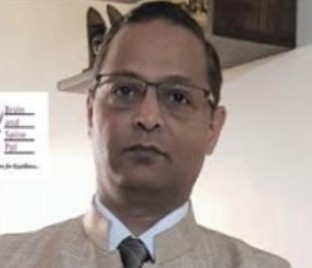

 Request an Appointment
Request an Appointment Request Online Consultation
Request Online Consultation Enquiry form
Enquiry form

